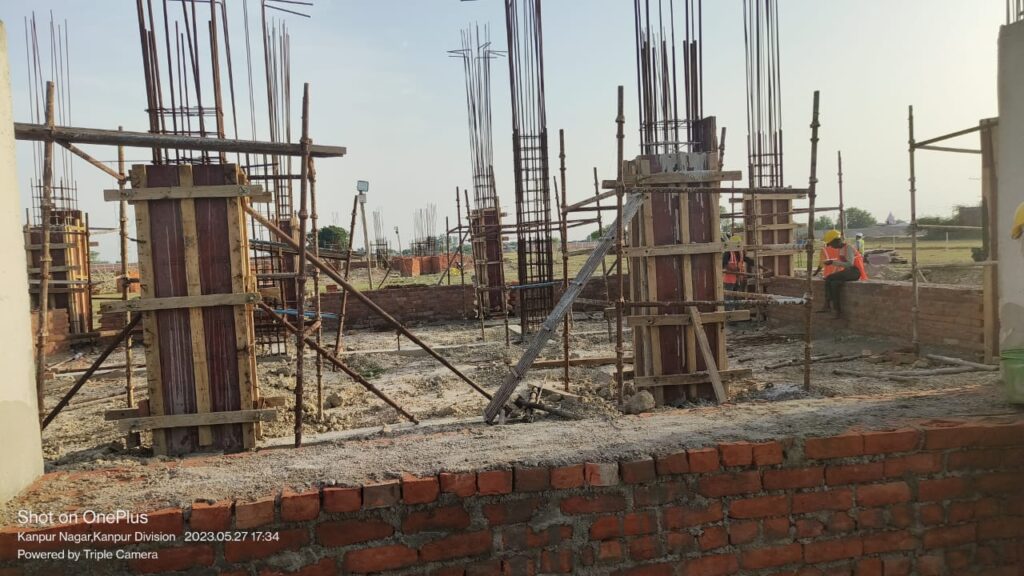What is meaning of Estimation in civil engineering ?
In civil engineering, estimation refers to the process of calculating the approximate quantities and costs of various construction activities, materials, and resources required for a specific project. Estimation plays a crucial role in project planning, budgeting, and decision-making. The accuracy of an estimate greatly impacts the success of a construction project.
Estimation and costing in civil engineering

To provide a general understanding of the estimation process in civil engineering, here are some key steps involved:
Scope Definition: Clearly define the scope of the project, including the type of structure, purpose, and required specifications.
Quantity calculation in Estimation : Determine the quantities of various materials, such as concrete, steel, bricks, pipes, etc., needed for the project. This involves studying project drawings, specifications, and other relevant documents.
Calculate concrete of a circular column in cubic meter
Calculate Concrete Volume of Trapezoidal Footing in Civil Construction
How to Calculate Brick work Quantity in a Circular Manhole
Pricing in Estimation : Obtain up-to-date prices for the required materials and resources from suppliers, contractors, or market surveys. Consider factors like location, market conditions, and project-specific requirements.
Labor Estimation in Civil Construction : Determine the labor requirements for different construction activities, considering factors like skill levels, productivity rates, and project duration. Estimating labor costs involves analyzing the tasks involved and assigning appropriate man-hours.
Equipment and Machinery Estimation in Civil Construction: Identify the equipment and machinery necessary for the construction process. Estimate the duration and costs associated with equipment rental, fuel, maintenance, and operator wages.
Subcontractor Costs: If certain specialized tasks or trades are subcontracted, estimate the costs associated with subcontractors based on project requirements and market rates.
Overhead and Contingencies: Factor in overhead costs, such as general project management expenses, insurance, permits, and contingencies for unforeseen circumstances or variations during construction.
Profit Margin: Determine the desired profit margin for the project, typically expressed as a percentage of the total estimated cost.
Compilation and Documentation: Organize and summarize all the estimated quantities, costs, and assumptions in a comprehensive format, typically in the form of a bill of quantities or cost estimate report.
Review and Adjustments: Review the estimate for accuracy, completeness, and consistency. Make necessary adjustments based on project-specific factors, such as location, complexity, and market conditions.
It’s important to note that estimation methods can vary depending on the project scale, complexity, and available data. Civil engineers often rely on their expertise, historical data, industry standards, and specialized estimation software to perform accurate and reliable estimates.
Keep in mind that estimation is a dynamic process, subject to changes as the project progresses and more information becomes available. Regular updates and adjustments to the estimate are necessary to ensure accurate project cost management.
Leave a Reply